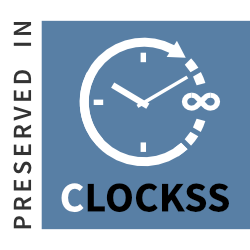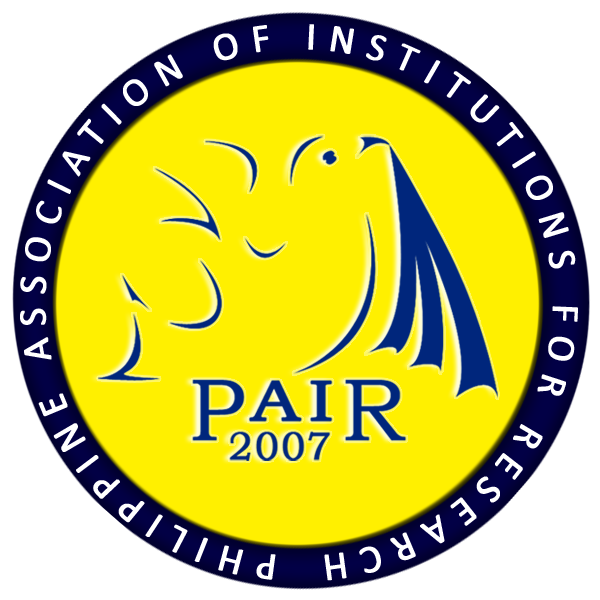Learning Environment and the Comprehensive Examination of Nursing Students
DOI:
https://doi.org/10.7719/jpair.v17i1.278Keywords:
Learning environment, comprehensive examination, descriptive-correlation design of research, Nursing students, PhilippinesAbstract
The atmosphere of the classroom environment embodies an affective tone in which teaching and learning take place. The aim of this study was to find out the relationship of the learning environment and comprehensive examination results of Tagum Doctors' College Nursing students for school year 2009-2010. This study utilized a descriptive-correlation design of research. Pertinent data were collated through the use of the researcher-made questionnaires as the data-gathering tool and the level comprehensive examination results. The respondents of this study were the 35 first and 50 second-year students enrolled in Tagum Doctors' College, Inc. A complete enumeration was used in identifying the respondents since the same students went through the mandatory exam given by the school, to assess their level of knowledge of both general, special education issues and their specialty area. Using pearson r product moment correlation, findings revealed that there is no significant relationship between the extent of learning environment and the level of comprehensive examination result of both first- year and second-year nursing students in Tagum Doctors' College. This implies that the learning environment does not affect the level of comprehensive examination result of nursing students. This would mean that assessment is not a just a test but can be reflected in the learning process.
Downloads
References
Boykin, A. W., Tyler, K. M., & Miller, O. (2005). In search of cultural themes and their expressions in the dynamics of classroom life. Urban Education,40(5), 521-549.
Downloads
Published
Issue
Section
License
Copyright (c) 2014 Mervin Amba Osic

This work is licensed under a Creative Commons Attribution-NonCommercial 4.0 International License.
Open Access. This article published by JPAIR Multidisciplinary Research is licensed under a Creative Commons Attribution-Noncommercial 4.0 International (CC BY-NC 4.0). You are free to share (copy and redistribute the material in any medium or format) and adapt (remix, transform, and build upon the material). Under the following terms, you must give appropriate credit, provide a link to the license, and indicate if changes were made. You may do so in any reasonable manner, but not in any way that suggests the licensor endorses you or your use. You may not use the material for commercial purposes.




















